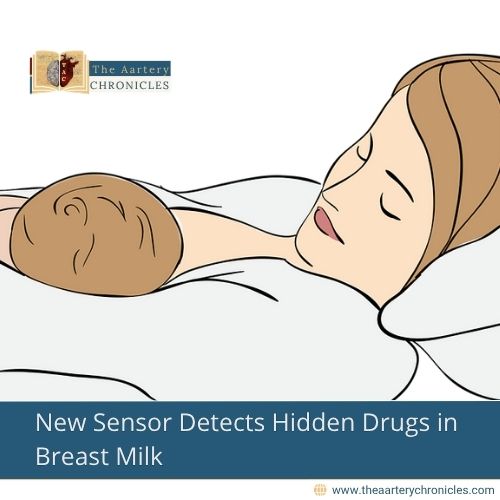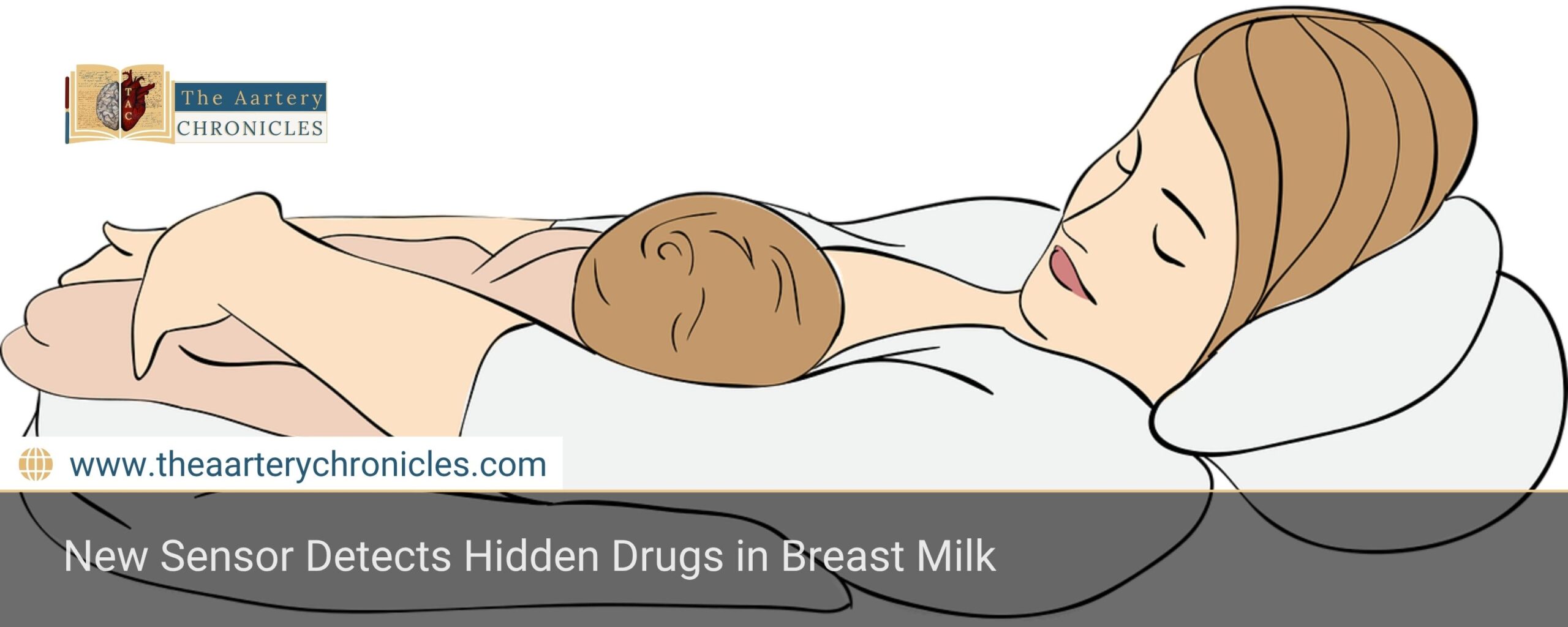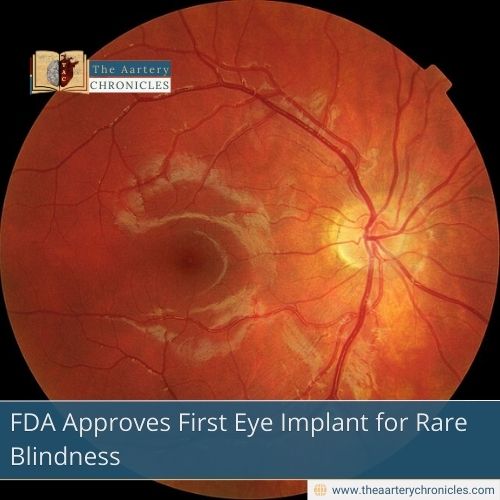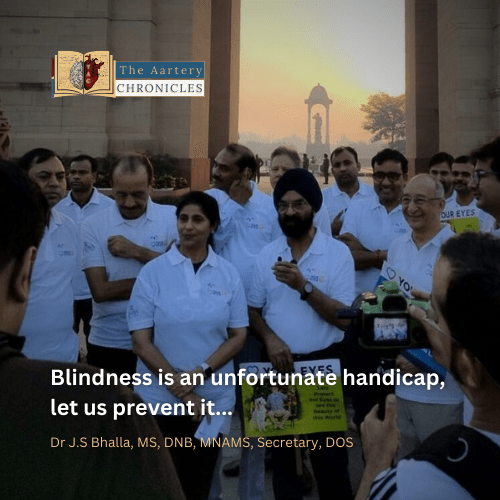

New Sensor Detects Hidden Drugs in Breast Milk
Researchers in the United States have created a new wearable device that helps breastfeeding mothers detect acetaminophen (also known as paracetamol) in their breast milk. This innovation is aimed at preventing babies from getting too much of the drug, which is often used to reduce pain and fever.
Why This Matters
Acetaminophen is commonly used by new mothers to manage postpartum pain. It’s also frequently given to babies to treat fever. However, when mothers take the medication and breastfeed, babies may end up receiving the drug twice—once through the breast milk and again if it’s given directly by mouth. This unintentional “double dose” can pose serious health risks.
In fact, acetaminophen is the leading cause of sudden liver failure in children and is one of the top reasons for liver transplants in the U.S.
How the Sensor Works
The new sensor, developed at the University of Southern California, is built into a regular nursing pad—the kind worn inside a bra to catch leaking milk. Here’s how it works:
- The pad contains tiny channels that guide the milk to a small sensor.
- This sensor checks the milk for acetaminophen using low-cost, electrochemical technology.
- The device then sends the results to the mother’s smartphone using a portable detector, similar to a blood sugar monitor.
Real-Time Results for Better Decisions
With real-time data on whether acetaminophen is present in their milk, mothers can make safer choices. For example, they can decide to pump and discard milk containing medication instead of feeding it to their baby. This is especially important because infants have immature liver function, making it harder for their bodies to handle medications.
Tested and Reliable
The research team tested the device on real breast milk samples with different levels of acetaminophen. They found the sensor to be accurate even when other drugs, like antibiotics, were present. It also worked effectively across various stages of milk—from early colostrum to mature milk.
Conclusion
“Lactating mothers face several health challenges, including nutritional needs, infections like mastitis, and the transfer of medications through milk,” said Dr. Maral Mousavi, lead researcher and Assistant Professor of Biomedical Engineering at USC.
Current lab tests to check for drug levels in breast milk are expensive and not practical for everyday home use. This new sensor provides an affordable, easy-to-use alternative that empowers mothers to feed their babies more safely.
Source: Inputs from various media Sources

Priya Bairagi
Reviewed by Dr Aarti Nehra (MBBS, MMST)
I’m a pharmacist with a strong background in health sciences. I hold a BSc from Delhi University and a pharmacy degree from PDM University. I write articles and daily health news while interviewing doctors to bring you the latest insights. In my free time, you’ll find me at the gym or lost in a sci-fi novel.








